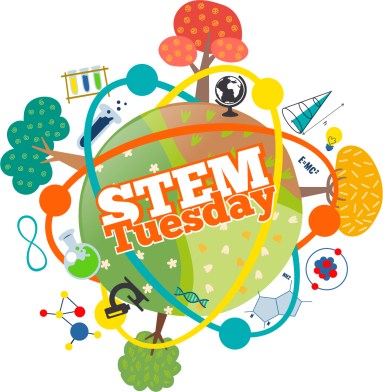
Food science focuses on many facets of our food system: chemistry, biology, nutrition, engineering and more! The books listed below are just the beginning for budding scientists who want to learn more about how food shapes our world; where it started, where it’s going and how to improve what we have.

The Story of Seeds
by Nancy Castaldo
Do you want to know where our food comes from? And where it is going? The Story of Seeds will let you know. The author investigates the importance of seeds in our world, how they’re preserved, and more importantly what readers can do to help preserve the variety of them through simple actions.
The Chemistry of Food
by Carla Mooney
Learn the science behind the food you love as you explore the chemistry within the meal. This hands-on book is a delicious way to learn more about flavors, nutrition, and the texture of food. It even includes recipes!

Food Weird-o-Pedia: The Ultimate Book of Surprising, Strange, and Incredibly Bizarre Facts about Food and Drink
by Alex Palmer
Want to learn weird facts about food that you can share with friends and family? This is the book for you. Each chapter offers an encyclopedia of strange facts about everything from junk food to vegetables – and then some! Learn about the odd and obscure aspects of food – including some of your favorite snacks.

Food Anatomy: The Curious Parts & Pieces of Our Edible World
by Julia Rothman and Rachel Wharton
This engaging book starts with an illustrated history of food. As you continue to read, you’ll learn about street eats and short-order egg lingo. Curious? This book has the recommended daily allowance of facts and fun. You’ll be sure to eat it up.

Eating Bugs as Sustainable Food
by Cecilia Pinto McCarthy
This book tells us why eating bugs might help feed more people around the world – after all, bugs take less space, water and food than livestock. It also talks about the science behind raising bugs, and there are a ton of images and infographics.

Bugs for Breakfast: How Eating Insects Could Help Save the Planet
by Mary Boone
This book takes a look at entomophagy, the practice of eating bugs for nourishment. It talks about why it makes sense from a nutritional point of view. As a bonus, it’s good of the planet. There are recipes as well!

Introduction to Food Science: An Overview (Edible Knowledge)
by Dale W. Cox
The first book in a series of workbooks gives an introduction about food science, food processing, careers in the field, and a lot of experiments on food science theory designed for children 10 and up.

100 Things to Know About Food (Usborne)
by Alice James, Jerome Martin, Sam Baer, Rachel Firth, Rose Hall, Federico Mariani and Parco Polo
This bright book is full of fascinating fun-filled browseable facts about food, from farming to cooking, from nutrition to tastes, and everything in between.

The Science Chef: 100 Fun Food Experiments and Recipes for Kids (Second Edition – 2020)
by Joan D’Amico and Karen Drummond
This book teaches the basics of food science through hands-on experiments and detailed recipes. How does food cook? How does popcorn pop? How does bread rise? How do beans sprout? Information about all these and much more within these pages.
Susan Summers is a wildlife enthusiast and an author. Contact her at: https://susan-inez-summers.weebly.com/

Shruthi Rao is an author. Her home on the web is https://shruthi-rao.com
















